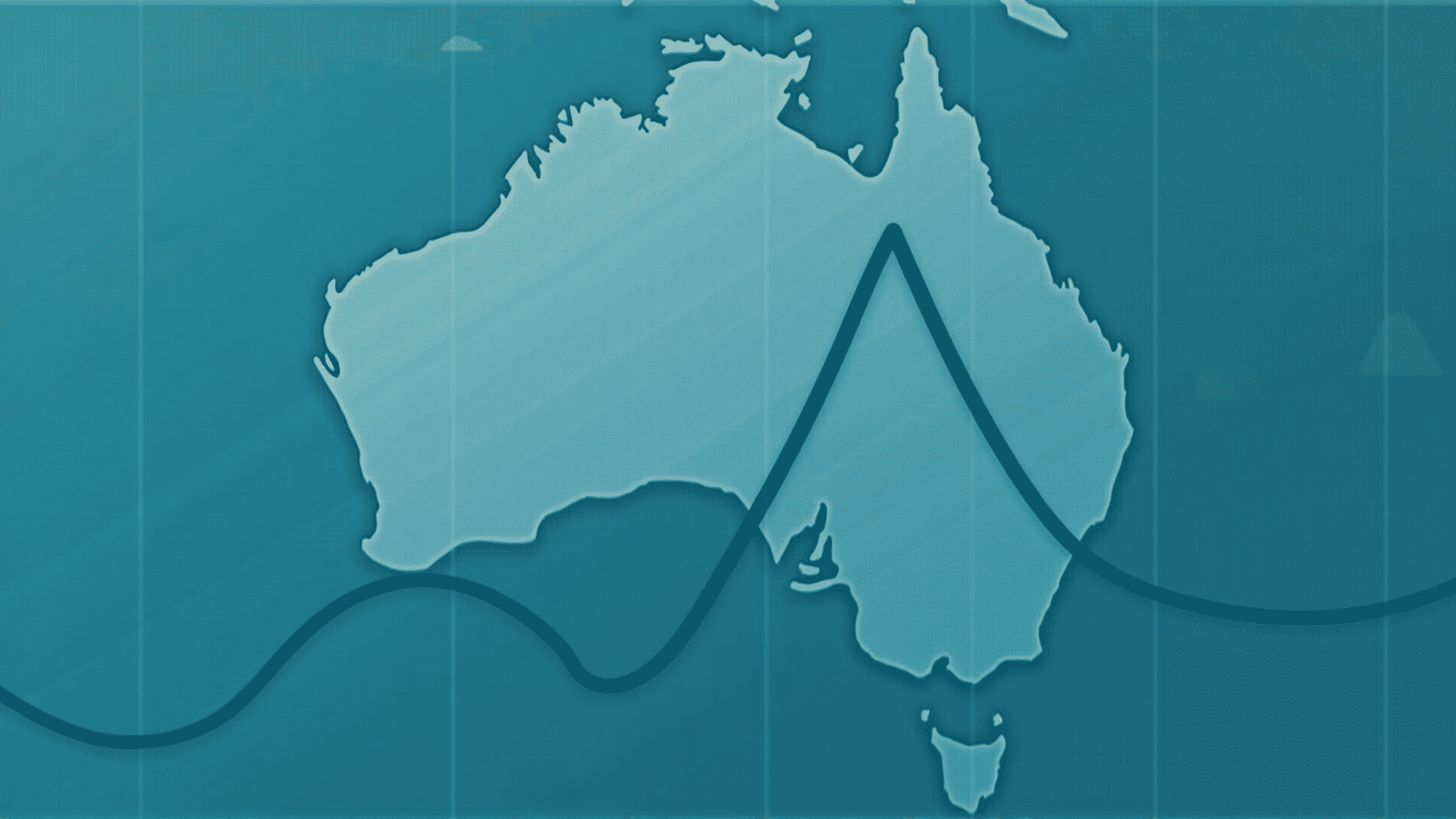Economic cycles are fundamental concepts that dictate the highs and lows experienced in economies worldwide. Understanding these cycles is key for governments, businesses, and individuals aiming to make informed decisions. By looking closely at how the Australian economy aligns with global trends, we can gain insights into how interconnected the world’s economies truly are.
Economic cycles, often referred to as business cycles, consist of several phases: expansion, peak, contraction, and trough. During the expansion phase, economic activity accelerates, characterized by rising employment, consumer confidence, and production output. This period culminates in a peak, beyond which the pace of growth begins to slow, leading to contraction. Contraction is marked by declining activity and can sometimes result in a recession. Finally, the trough is the stage where the economy hits its lowest point before beginning another phase of expansion.
Australia's economic cycles are closely tied to global developments due to its reliance on trade and open market policies. As a significant exporter of minerals and agricultural commodities, the country's economic health is heavily influenced by shifts in international demand. For instance, during periods of strong global growth, there is increased demand for Australian exports, which supports expansion in the national economy. Conversely, global downturns often lead to reduced export demand, causing contractions in Australia’s economic activity.
A historical examination reveals the ripple effect of global events on Australian cycles. The Asian financial crisis in the late 1990s, for example, led to reduced economic growth in Australia, as key trading partners faced financial distress. Similarly, the global downturn of 2008-2009 severely impacted Australia despite its solid financial system, due to decreased international trade and investment activity.
Despite these challenges, Australia has displayed economic resilience, often managing to maintain positive growth when other nations faced prolonged downturns. This resilience is attributed to various factors, including effective monetary policies and a well-managed regulatory framework.
The alignment of Australian cycles with global trends underscores the importance of international cooperation and policy coordination. As economies grow increasingly interconnected, understanding and responding to these cycles are crucial for stability and prosperity. Australia's ability to adapt to global changes while steering its economic policies ensures its continued relevance in the world market.
In conclusion, understanding economic cycles involves tracking the rhythmic ebb and flow of economic activity and the factors influencing these patterns. Australia's experience highlights the critical role of global interdependence in shaping national economic trajectories. For those looking to navigate the complexities of economic fluctuations, studying these cycles offers valuable lessons on resilience and adaptation in an ever-changing global landscape.
